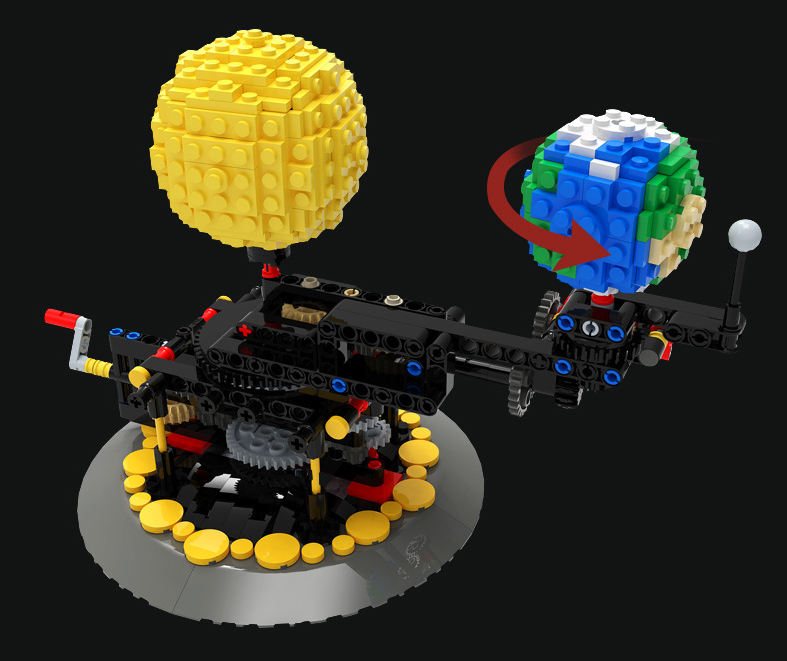

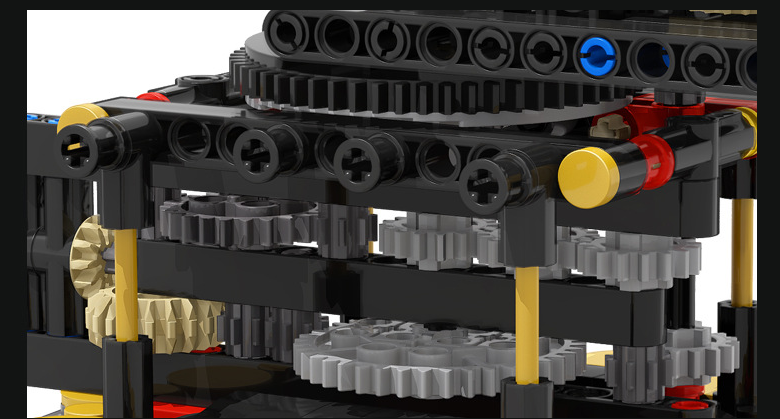
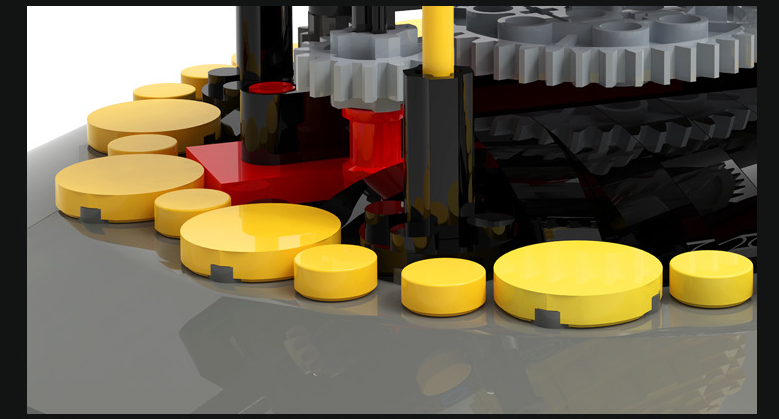

Simulate The Rotation Of Moon Earth And Sun
$83.19 AUD
Approx $54.41 USD
Approx $54.41 USD
To simulate the rotation and interaction of the Moon, Earth, and Sun, you can use a model or visualization that demonstrates:
- Earth’s Rotation: The Earth rotates on its axis once every 24 hours.
- Earth’s Revolution Around the Sun: The Earth orbits the Sun once every 365.25 days.
- Moon’s Revolution Around Earth: The Moon orbits Earth roughly every 27.3 days.
Here’s a breakdown of how to simulate their motion effectively:
Materials for a Physical Model
- A large light source (e.g., a lamp) to represent the Sun.
- A globe or ball to represent the Earth.
- A smaller ball (e.g., a ping pong ball) to represent the Moon.
- Strings or stands to hold the Earth and Moon in position relative to the Sun.
- Dark room for a better visual of shadows and light dynamics.
Steps to Simulate
-
Set up the Sun:
- Place the lamp in a fixed position to act as the Sun, emitting light in all directions.
-
Show Earth’s Rotation:
- Place the Earth ball on a stand or axis, tilted approximately 23.5°.
- Rotate the Earth ball counterclockwise (when viewed from above the North Pole) to show its daily rotation.
-
Add the Moon’s Orbit:
- Attach the Moon ball to a string or orbiting arm around the Earth ball.
- Move the Moon counterclockwise around the Earth to simulate its monthly orbit.
- Note that the Moon always keeps the same face toward Earth (tidal locking).
-
Demonstrate Earth’s Orbit Around the Sun:
- Place the Earth (with Moon in orbit) on a larger circular path around the lamp.
- Move the Earth counterclockwise to simulate its annual orbit.
-
Explain Shadows and Eclipses:
- Show how the Moon’s position relative to the Earth and Sun causes phases of the Moon, solar eclipses, and lunar eclipses.
- Align the Moon, Earth, and Sun to demonstrate these phenomena.
Digital Simulations
If you prefer a digital visualization, you can use tools or simulations such as:
- Stellarium (Astronomy Software): Allows you to explore real-time orbits and motions.
- NASA's Eyes on the Solar System: Interactive web tool to visualize celestial dynamics.
- 3D Simulations in educational apps like Universe Sandbox or interactive animations on educational websites.
Key Points to Explain During Simulation
-
Earth’s Day/Night Cycle:
- Caused by Earth’s rotation on its axis.
-
Seasons:
- Result from Earth’s tilted axis as it orbits the Sun.
-
Phases of the Moon:
- Occur as the Moon orbits Earth, showing varying portions of its sunlit side.
-
Eclipses:
- Solar Eclipse: When the Moon blocks sunlight to Earth.
- Lunar Eclipse: When Earth’s shadow falls on the Moon.
Product information:
Material: Plastic/Plastic
Plastic material classification: ABS
Plastic building block type: small particles
Block net weight: 0.5676kg
Size: 24.2*16.7*13.6cm
Packing list:
Building block*461








The product may be provided by a different brand of comparable quality.
The actual product may vary slightly from the image shown.
Shop amazing plants at The Node – a top destination for plant lovers





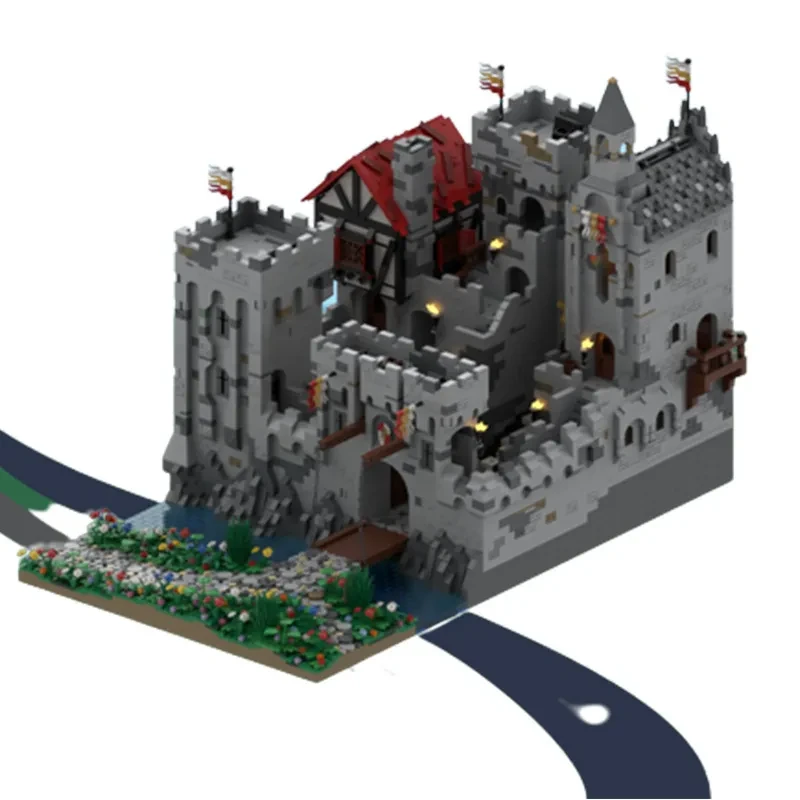
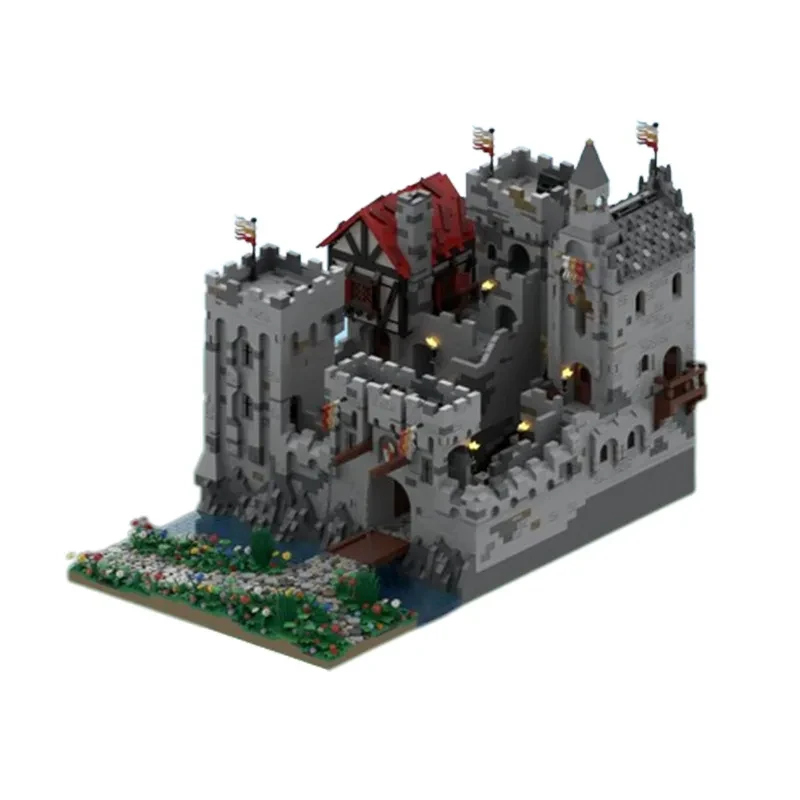





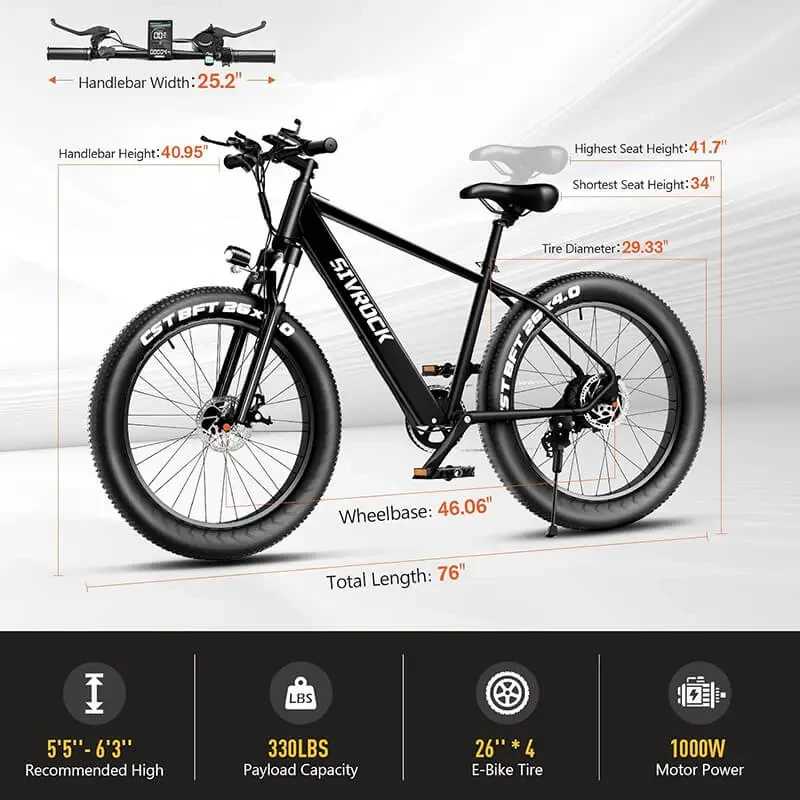


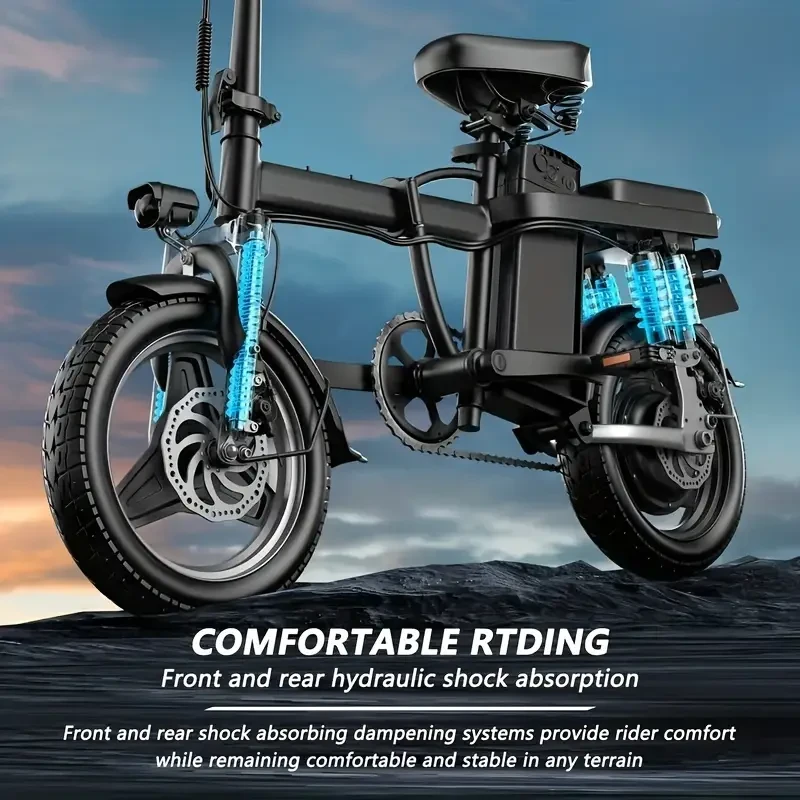
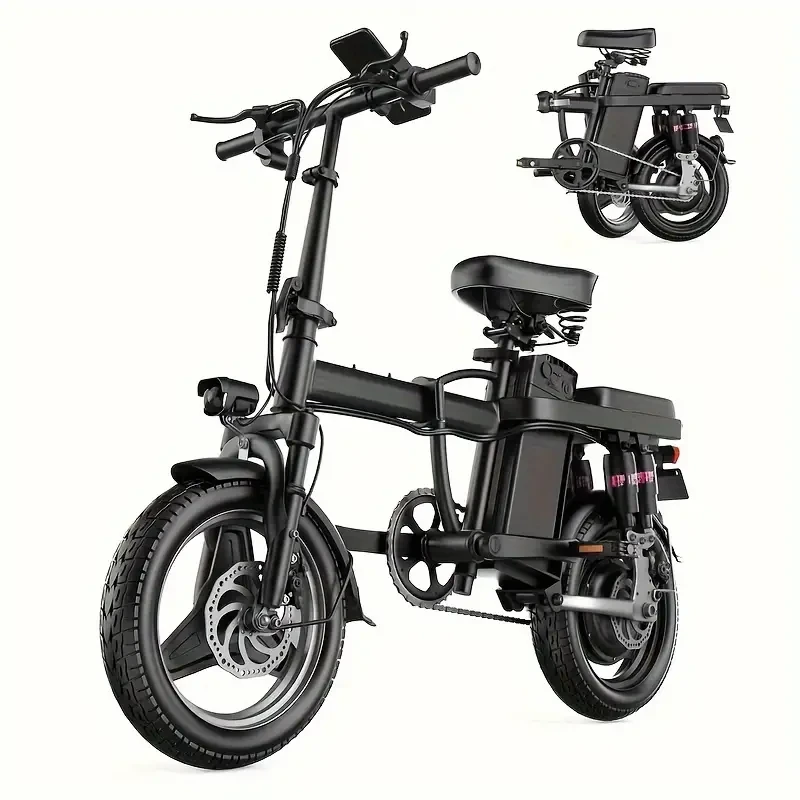









.jpg)




































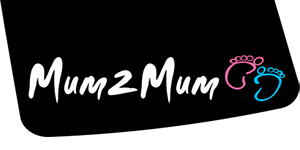





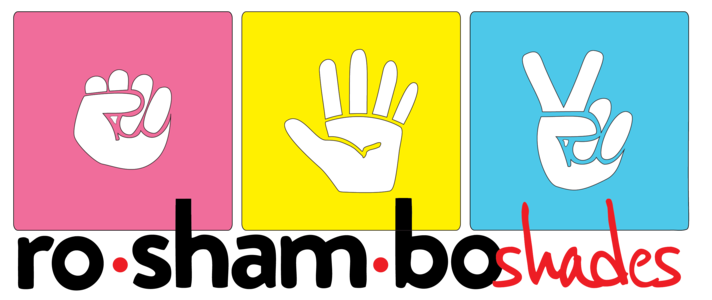





ulva-Logo.jpg)
